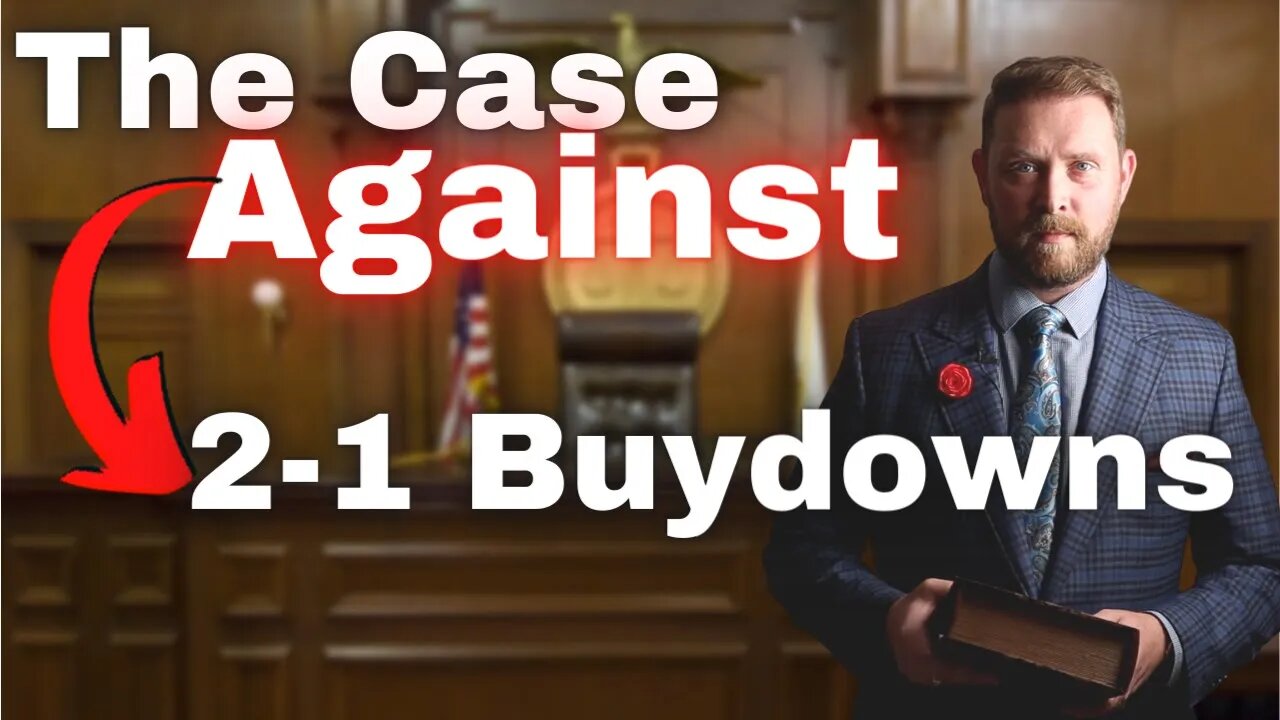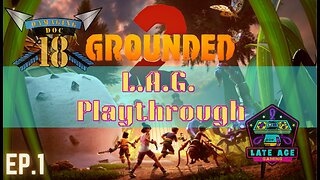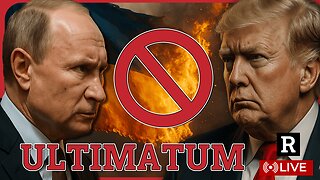Premium Only Content

2-1 Buydowns - Lower Rate Mortgage or Costly Gimmick?
Are 2-1 buydowns a good way to lower your mortgage rate or a costly gimmick? In this video, we'll explore the pros and cons of 2-1 buydowns and help you decide if a 2-1 buydown is right for you.
In a rising mortgage rate environment, my industry has been scrambling to offer consumers alternatives to help increase consumer demand. The 2-1 Buydown is one very popular option, but in this video, I discuss whether this represents a true cost savings for consumers OR if it is an expensive, overcomplicated gimmick.
Mark Anderson, NMLS# 374393. Vice President, Home Loan Advisor at First Bank, NMLS# 551928. www.first.bank - Member FDIC, Equal Housing Lender
Call or Text me ANYTIME 24/7 @ 314-599-0511 for help with your mortgage.
Apply Online: https://www.first.bank/About/Locations/Mark-Anderson
This video is offered as a service and the information presented will be of a general nature. The views expressed in this video do not necessarily reflect the opinions of First Bank. First Bank does not provide any warranties whatsoever with respect to any materials or information provided in this video.
00:00 Introduction
01:00 Illustrating How a 2-1 Buydown Works
04:30 Why a 2-1 Buydown is a Bad Deal for Consumers
05:09 Alternative To a 2-1 Buydown
06:52 Some Exceptions Apply
07:07 Conclusion
THE BENEFIT OF A 2-1 BUYDOWN
A 2-1 Buydown mortgage gives you a rate that is 2% below the actual note rate for the first year. In year 2, the rate comes up to just 1% below the note rate. From year 3 through the remainder of the loan repayment, your rate adjusts to reflect the actual note rate. During these first 2 years, you will have a significantly lower monthly payment. Sounds good, right?
THE COST OF A 2-1 BUYDOWN
Banks are not known for giving their money away for free, so to achieve the lower rate for the first 2 years of your loan, you will have to pay a lump sum to the bank up front. This lump sum represents the interest payments you won't be making monthly during the first 2 years. The way this most commonly works in practice involves negotiating the seller to provide a concession to cover the up front cost.
WHY DOES A 2-1 BUYDOWN NOT MAKE SENSE?
By negotiating a seller concession, proponents of this program talk about this as if you aren't ultimately on the hook for the cost. But, anytime the seller agrees to cover your costs, you are paying more for the property than you would otherwise overall. When I ran the math involved in the scenario illustrated in this video, I calculated that the monthly cost savings over 24 months are LESS than the up front cost of the buydown. If you are going to negotiate a seller concession, it would be better and simpler to just take the money and apply it against your other closing costs. You get the full benefit of the concession and you get it right away, rather than dragging it out in chunks over 2 years.
-
 1:17:18
1:17:18
Glenn Greenwald
1 day agoWhat are CBS News' Billionaire Heirs Doing with Bari Weiss? With Ryan Grim on the Funding Behind It; Europe Capitulates to Trump Again | SYSTEM UPDATE #494
68.4K29 -
 LIVE
LIVE
megimu32
1 hour agoOTS: Movie Tie-In Games + Remakes: Let’s Play Memory Lane
57 watching -
 DVR
DVR
RiftTV
2 hours agoCNN Calls Black NY Shooter WHITE, Cincinnati FATIGUE | The Rift | Guest: Braeden Sorbo, 2Protects1
11.8K9 -
 LIVE
LIVE
LumpyPotatoX2
3 hours agoKilling Floor 3: Rampage & Chaos - #RumbleGaming
59 watching -
 LIVE
LIVE
BrancoFXDC
3 hours agoPlaying Ranked Warzone - Pursuit of Diamond Rank
82 watching -

Omar Elattar
4 hours agoThe Brain Experts: "Your Overthinking Problem Has A Physical Solution & We Can Show You!"
77 -
 LIVE
LIVE
Mattnifico
3 hours agoREPLAYING EVERY FORZA HORIZON GAME - Forza Horizon 1 (Part 2)
19 watching -
 LIVE
LIVE
DamagingDoc18
36 minutes agoTime to get small! Grounded 2
8 watching -
 1:00:06
1:00:06
BonginoReport
4 hours agoCNN Speculates NYC Gunman’s Race, Gets it WRONG - Nightly Scroll w/ Hayley Caronia (Ep.100)
99.9K36 -
 1:45:16
1:45:16
Redacted News
5 hours agoTrump issues Ultimatum to Putin "End this war now or else," Russia not backing down | Redacted Live
182K168